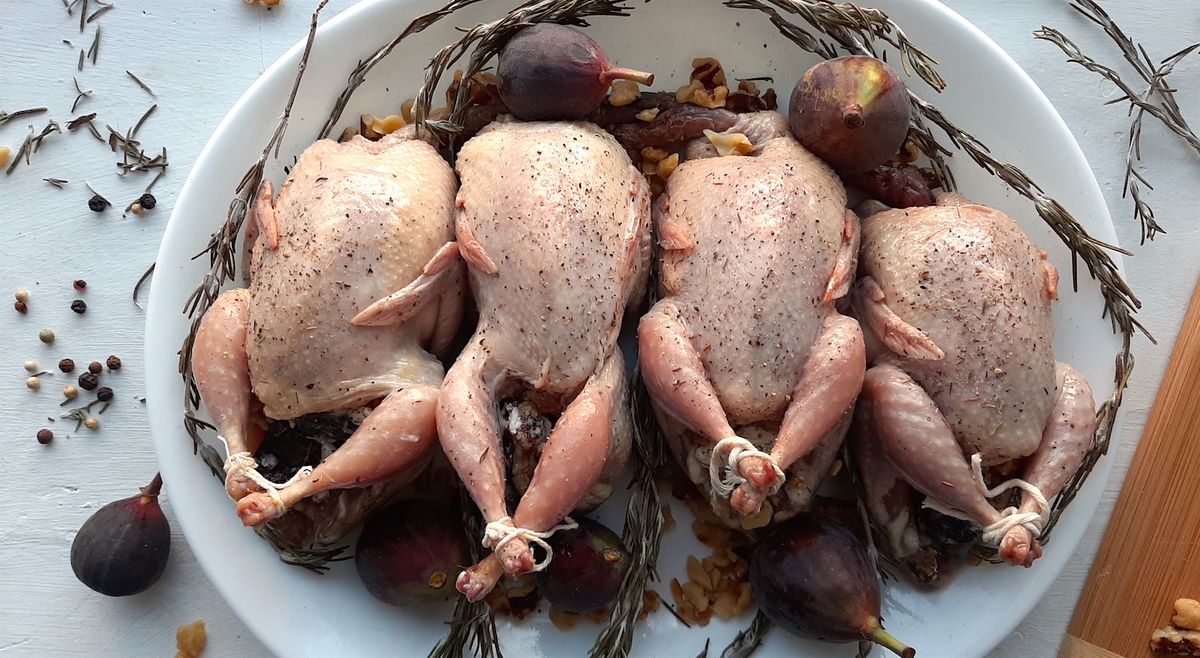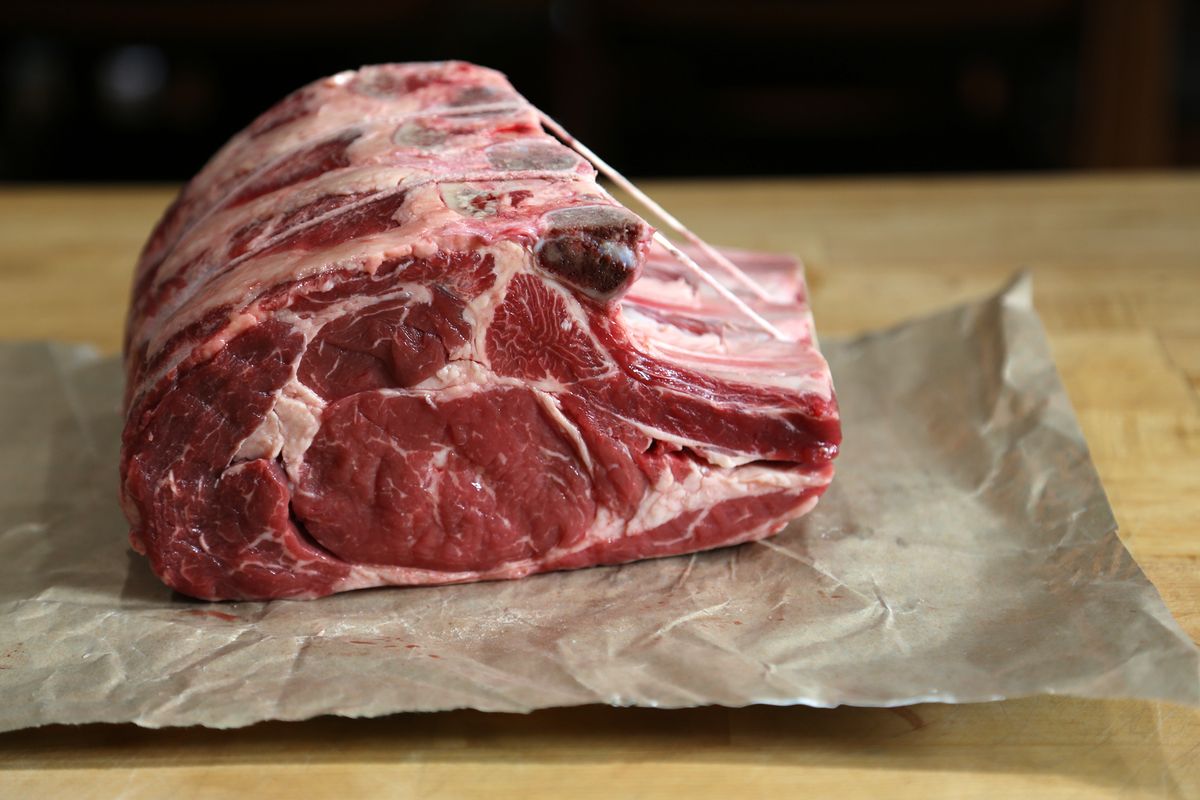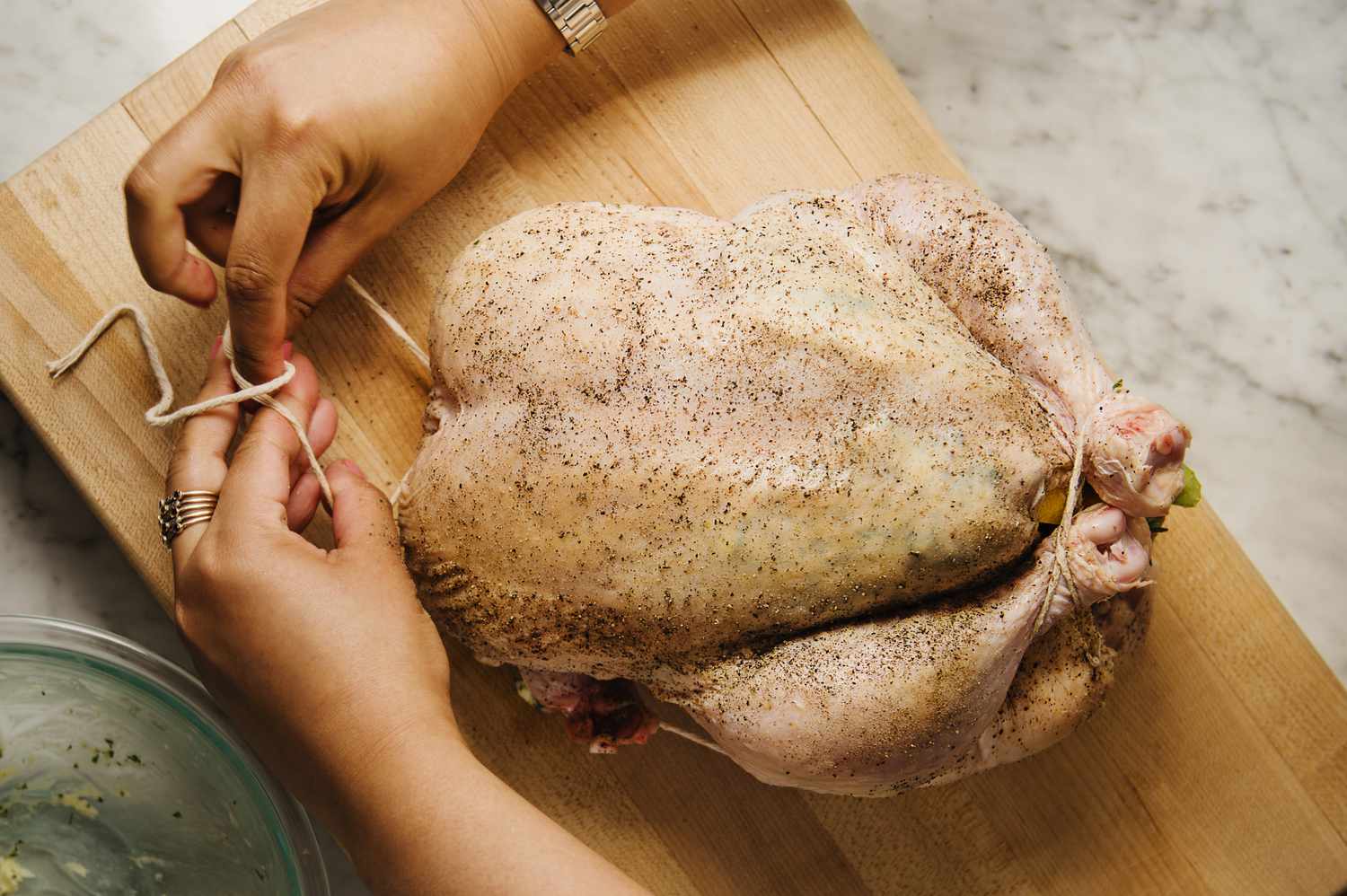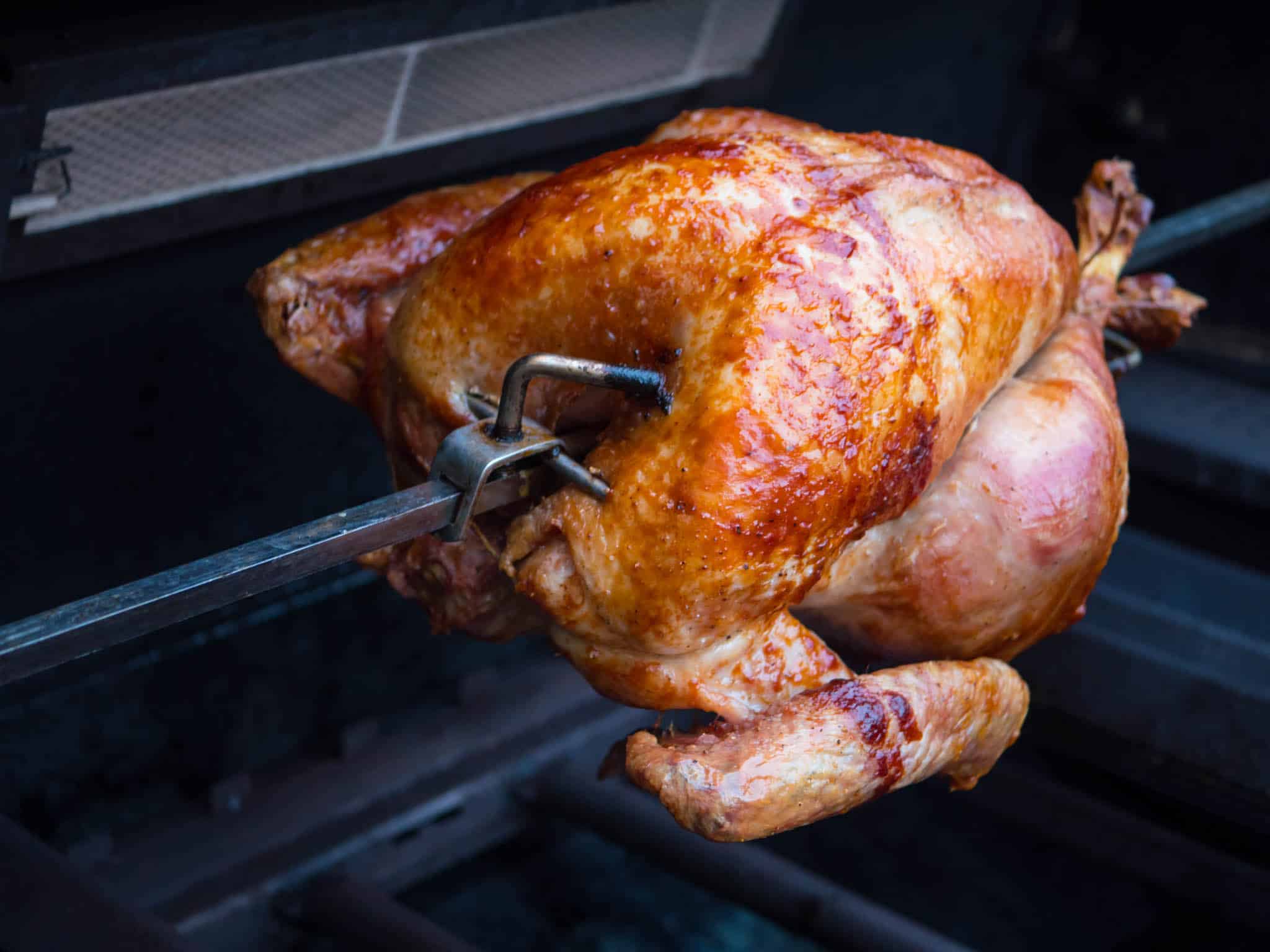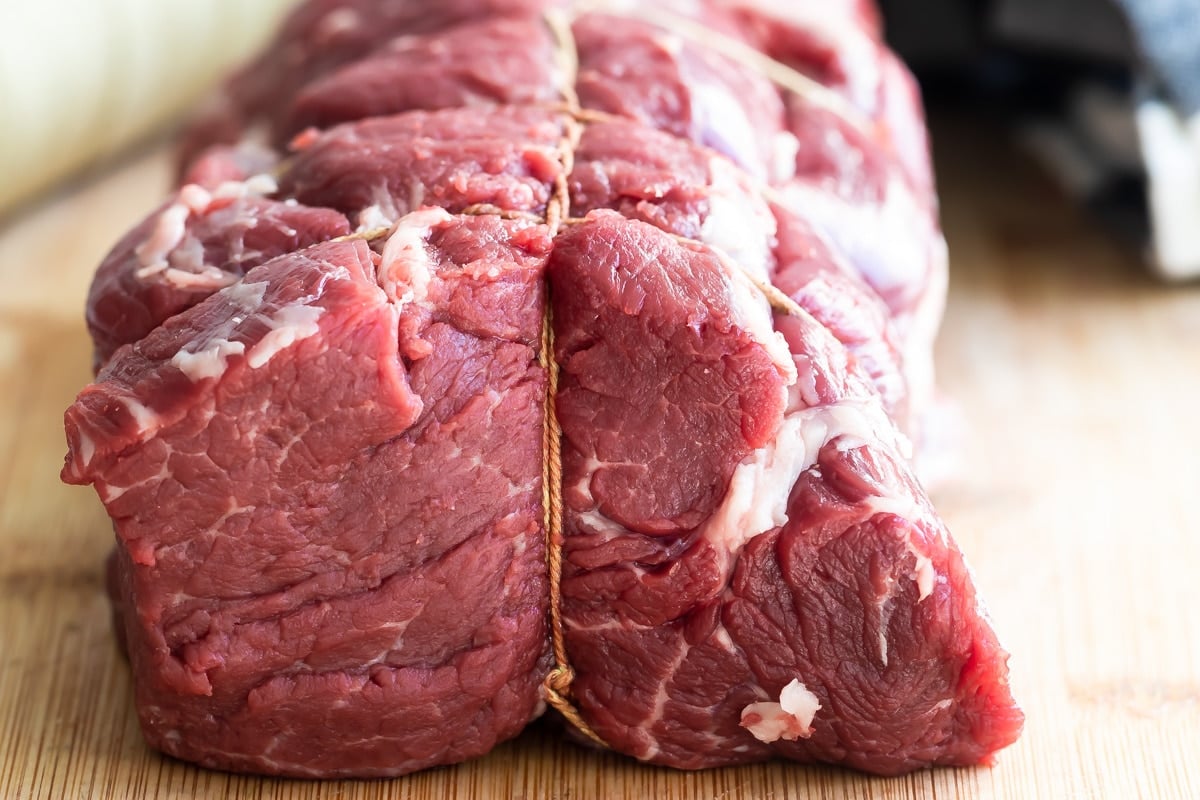Trussing and Roasting a Chicken: A Step-by-Step Guide
Roasting a whole chicken is a classic and delicious way to prepare this versatile protein. Trussing the chicken before roasting helps it cook evenly and retain its shape, resulting in a juicy and flavorful bird. If you’re new to trussing and roasting a chicken, don’t worry – it’s easier than you might think! Follow these simple steps to truss and roast a chicken to perfection.
Step 1: Prepare the Chicken
Before you begin trussing, make sure the chicken is clean and dry. Remove any giblets from the cavity and pat the chicken dry with paper towels. This will help the skin crisp up during roasting.
Step 2: Truss the Chicken
Trussing is the process of tying the chicken’s legs and securing the wings to the body to ensure even cooking. Follow these steps to truss your chicken:
- Place the chicken on a clean work surface with the legs facing you.
- Cut a piece of kitchen twine about 3 feet long and slide it under the tail end of the chicken.
- Cross the twine over the legs and pull it tight to bring the legs together.
- Wrap the twine around the legs and tie it securely to hold them in place.
- Tuck the wings under the body of the chicken to prevent them from burning during roasting.
Step 3: Season the Chicken
Once the chicken is trussed, it’s time to season it. Rub the chicken all over with olive oil and sprinkle it generously with salt and pepper. You can also add your favorite herbs and spices for extra flavor.
Step 4: Roast the Chicken
Preheat your oven to 425°F (220°C). Place the trussed and seasoned chicken on a roasting pan or baking sheet. Roast the chicken in the preheated oven for about 1 hour, or until the skin is golden brown and the internal temperature reaches 165°F (75°C) in the thickest part of the thigh.
Step 5: Rest and Carve
Once the chicken is done, remove it from the oven and let it rest for 10-15 minutes before carving. This allows the juices to redistribute, resulting in a juicier chicken. Carve the chicken and serve it with your favorite sides for a delicious and satisfying meal.
Trussing and roasting a chicken is a simple yet impressive cooking technique that anyone can master. Whether you’re cooking for a special occasion or a weeknight dinner, a perfectly roasted chicken is always a crowd-pleaser. With these easy steps, you’ll be able to truss and roast a chicken like a pro in no time!
Was this page helpful?
Read Next: How To Truss A Duck For Roasting
